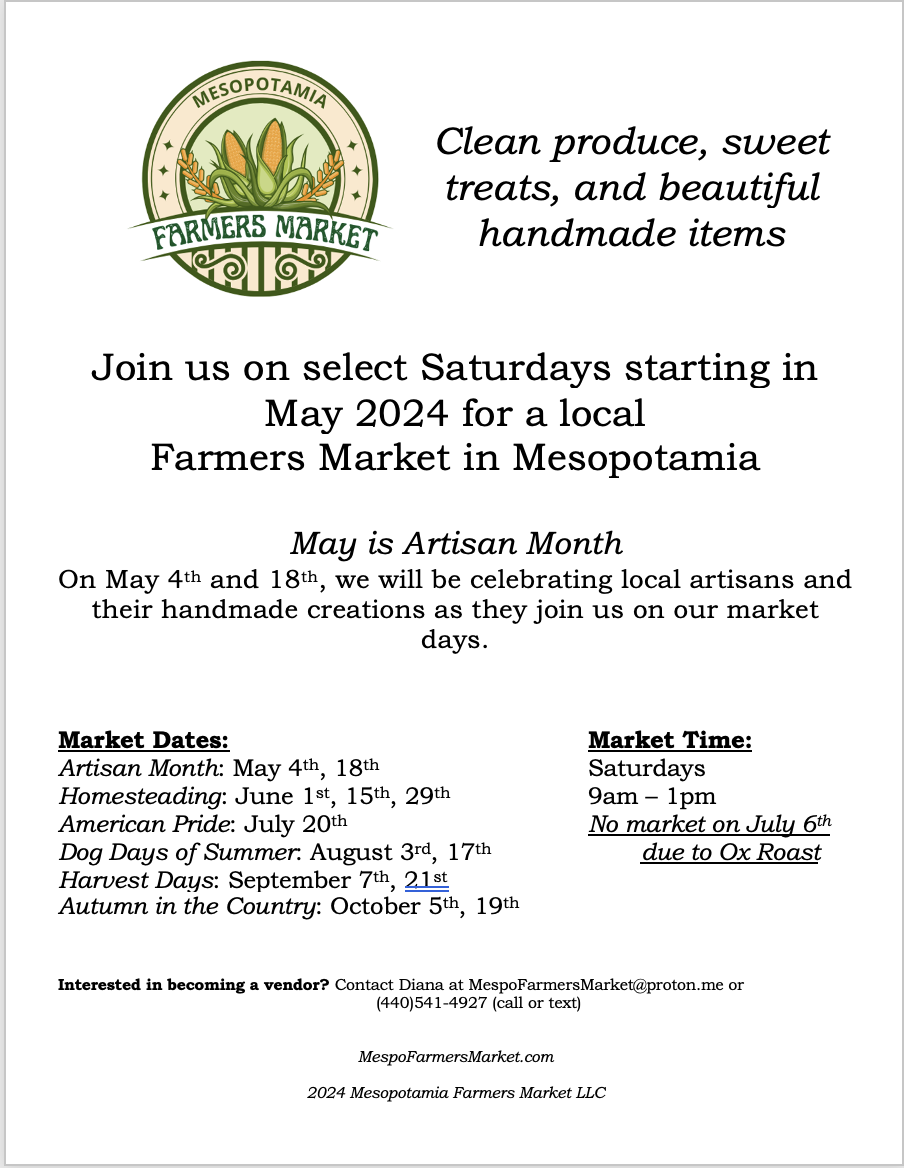Would you like the opportunity to work for a week with a renown world-class professional woodworker who could teach you anything you ever needed to know about various aspects of woodworking? If you took a series of woodworking courses you might be poised to slip into a well-paying job in industry, or perhaps start your own business. There is always a market for skilled professional workers.
Perhaps you are in your teens and were closed out of the wood and metal shop classes in high school. I was. Now many high schools don’t even offer shop classes any more for financial reasons. What if you are twenty something and realize that technical training could really help you out.
Are you a middle-aged person, or a senior citizen like me who has worked with wood in some capacity all your life despite having college degrees and a professional career outside of woodworking? After retiring, you could take some courses to become skilled at, say running a wood lathe. You are already familiar with wood lathes and have some skill at using them. But, as frequently happens, the more you learn, the more you need to know. Where could you turn? The adult education offered at local technical schools might offer some basic classes. Thirty years ago I did take a class on learning to weld at Maplewood. It served its purpose and I learned to weld, though my welds certainly are not considered pretty. I didn’t try to get a job in the welding field. I only wanted to learn to basically weld steel to aid in my old car restorations. But in woodworking, what are some other options available? Where could you go to get some intense training?
Ernie Conover is a 60-ish guy who is native to this area and lives in Parkman, Ohio, in Amish country. He runs Conover Workshops in a large century barn on the east side of the road on S.R. Rt. 528. Conover is a world renown craftsman who frequently writes how-to articles in major woodworking magazines in the United States and Great Britain. As well, he has produced many, many books and videos detailing all different aspect of woodworking. I had read several of the magazine articles and found them quite understandable and useful. A good Model “A” friend, also a woodworker, who lives near the Conover workshop recommended that I look into courses that Conover offers saying that probably nobody on earth knows more than Ernie about woodworking.
So I called Ernie and asked about courses available to people like me who have some knowledge of wood lathes. We talked a bit about my experiences and lathe training, much of which is self-taught or based on an introductory one-day course at a Woodcraft store. He wanted to know what my aspirations were. I told him that I enjoyed making containers, boxes, bowls with an artistic flair using some of the beautiful hardwoods native to our area. I also told him that I was frustrated with the tooling that I was using which was basically carbide lathe tools. As taught at morning Woodcraft workshops, you can quickly learn to use these carbide tools and begin to make bowls and such. But the shortcoming of these tools is that they tend to rough cut, actually scrape, grind, rub and rasp and tear the wood. Everything you make requires a great deal (massive amounts) of sanding to produce an acceptable piece of work. Don’t get me wrong, these carbide tools and cutters do work and maybe are fine for the occasional woodworker. When the tiny carbide rasping surface does wear out you simply replace the cutter on the tip. But about the time you get serious about lathe work, you quickly become aware that there is a much better way to accomplish fine work.
The better way is to use refined, razor sharp tools especially designed to cut the wood, not rasp and tear. These tools require daily sharpening with not inexpensive sharpening tools, wheels and grinders that incorporate diamonds and things like cubic boron crystals. This tooling and grinder system usually costs a good deal more than the lathe. Furthermore, to use these refined tools and sharpen them, you need some special, hands-on training.
There are any number of tools called scrapers—thin ones, fat ones, thick ones, round ones, flat ones, tenon scrapers, boat-tail scrapers……. the list goes on and on. Scrapers need to be sharp, with the correct angled burr created and kept sharp. This tool must be used on the workpiece at a specific angle or it won’t cut. If the angle is wrong the workpiece could go flying.
Gouges are another type of tool. If they are not introduced to the wood piece at the proper angle and twisted on their axis as you cut, the work piece could easily go flying. Sharpening them is a complicated procedure. When you sharpen these gouges that have three different angles to grind, hone and polish, you need to know what you are doing, or the tool could go flying. There are spindle roughing gouges and bowl gouges.
Additionally, there are parting tools, roughing tools, diamond parting tools, oval skews, beading tools and a host of specialized tools which you sometimes make out of old files. And we haven’t even covered the implements that hold the work piece to the lathe—three jaw chucks, multi-tooth drive centers, screw centers, faceplates, the list is lengthy. If you decide that you are going to make a serious commitment to this type of wood turning, this is what you are in for. And you need some training.
The Conover week-long lathe training cost about $900. The training day is from 8 AM to 4:30 PM. Lunch is provided as are tools to use and wood pieces often referred to as billets. It is intense and fast paced. A great deal is covered. There were two of us in this class. Conover says he will typically work with up to 6 people in a class, or one at a time if requested. The other fellow who attended with me was from Birmingham Alabama. He was 65 years of age and a soon-to-be-retiring nuclear engineer. At first we were introduced to the theories of how and why the tools work. Then we practiced, using various tools on spindle work (spindles are often associated with furniture, chair legs and arms and such). Then we made wood mallets, rolling pins, and practice billets to take home and practice making beads and coves on. This bead and cove work requires a lot of practice and repetition to perfect. Then we progressed to making various types of bowls, enclosed bowls and turned boxes. All during the week we learned to properly sharpen the tools we were using. We made lots of mistakes. Billets went flying; once a tool went flying. Tools were dropped and edges chipped. We learned to regrind them. We always wore face shields. I left each day exhausted.
I found Ernie Conover to be very congenial, friendly and approachable. He could endlessly explain things, and mistakes were never shunned or criticized. Rather, he immediately would say, “Let’s find the pieces; Let’s figure out what went wrong, and then we’ll save it.” And he always did. He showed us a multitude of techniques that I would never have thought of that saved the piece. This alone was more than worth the price of admission
Is this type of experience for you? Admittedly it is not cheap, and the tooling and lathes are equally not inexpensive. But you will come away with knowledge that could easily be translated into employment opportunities, or on my case great satisfaction in working with my hands to produce wonderful artwork, bowls, containers and such. They are all very saleable and are frequently absconded with by friends, relatives and my daughter

















